Latest Videos
view all videos
Programming Asymmetrical Playfields, Decimals & Scoreboards on the ATARI 2600
A deep dive into the precision timing required to create asymmetrical playfields, how to create scoreboards, and how to use binary coded decimals.
More...
Programming for Different World Regions on the Atari 2600
In this episode we learn about the formation and technical challenges of the 3 world broadcast standards and how you can program your own ATARI 2600 games to target one or more.
More...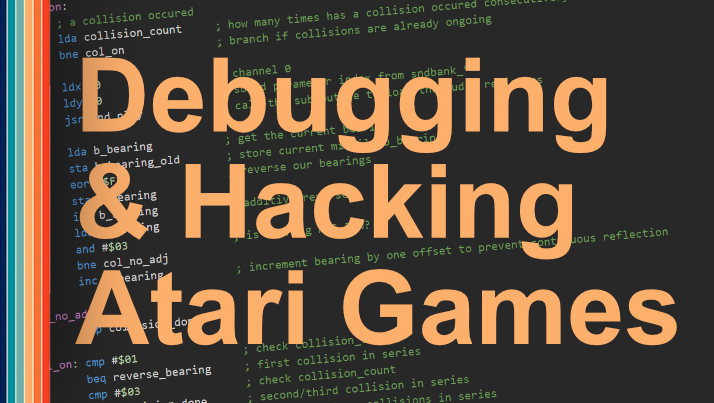
Debugging on the ATARI 2600 and Hacking Pitfall!
In this episode we demonstrate the debugging capability of the Stella emulator to trace yoru code and even hack other games.
More...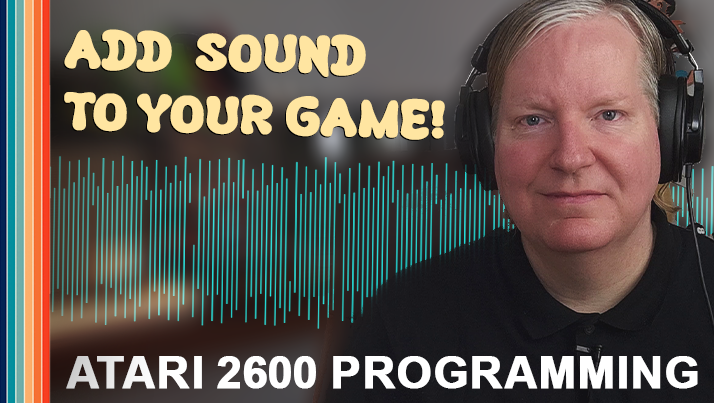
Adding SOUND to your ATARI 2600 game
In this episode we talk about how sound is generated on the Atari 2600 using the Control, Frequency and Volume registers, along with a couple of examples in 6502 assembly language!
More...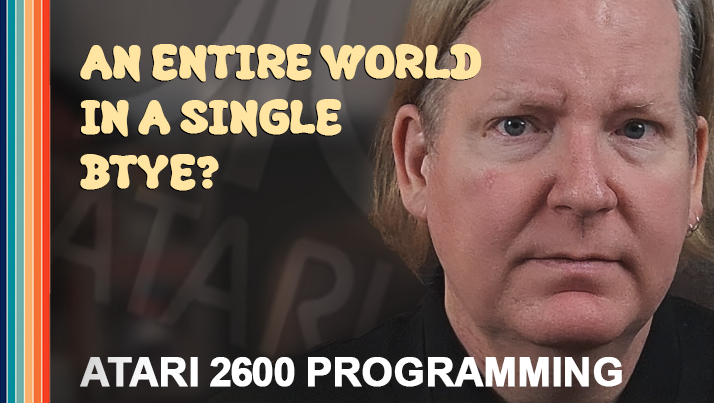
Random Numbers and the POWER of a Linear-feedback Shift Register
In this episode we talk about generating random numbers, and how they relate to linear-feedback shift registers that built the entire world of Pitfall in a single byte!
More...
ATARI 2600 Monthly Subscription Box
In this episode of Quick Blits we try out the Retro Game Treasure monthly subscripton box to see what it's like for ATARI 2600 games.
More...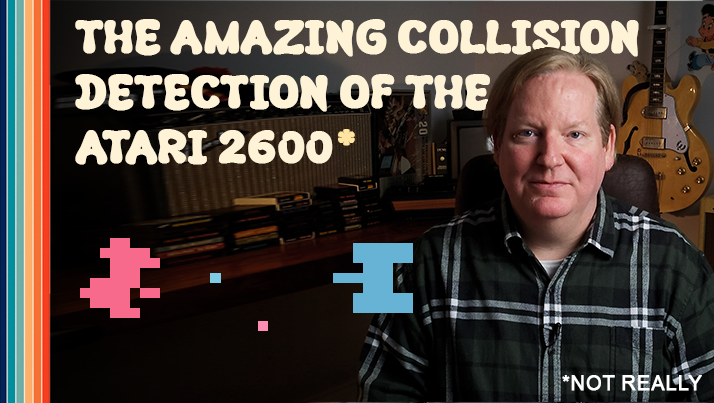
How the ATARI 2600 and COMBAT Handle Collision Detection
In this episode we talk about collision detection, how it works, and the 15 registers we can use. We also explore how the game Combat handles collisions and bouncing missiles, and have a look at some example code to create a ball that bounces around the playfield. As always, sample code for the episode is available in our github. Learn to program games for the Atari 2600!
More...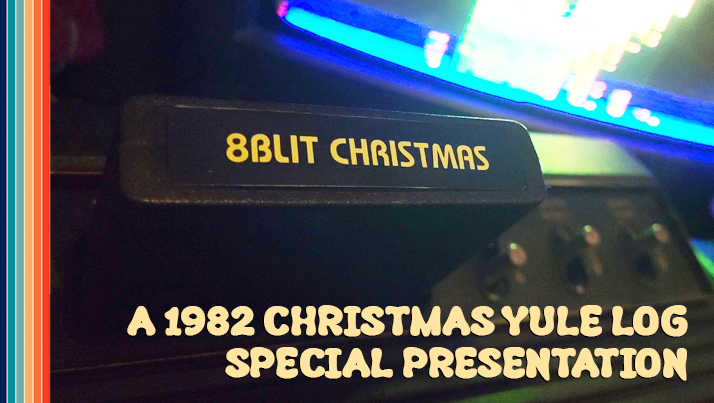
80's Retro 8Blit Christmas Atari 2600 Yule log Holiday Special
It's 1982, and baby it's cold outside. Warm up sitting by the fire and listening to a fine selection of seasonal music on the local AM radio station in 1982. Open your presents with cheer on Christmas morning while listening to classic seasonal songs with a charming host. Your 1982 8-bit Christmas is waiting for you.
More...
Too Many Kernels on the ATARI 2600?
In this episode we explore using kernels to draw our playfields, graphics, backgrounds, etc. We cover what types of kernels there are, multi-scanline kernels, and using multi-kernels in the same frame. We'll do a break down of the kernels used in the classic game Pitfall
More...